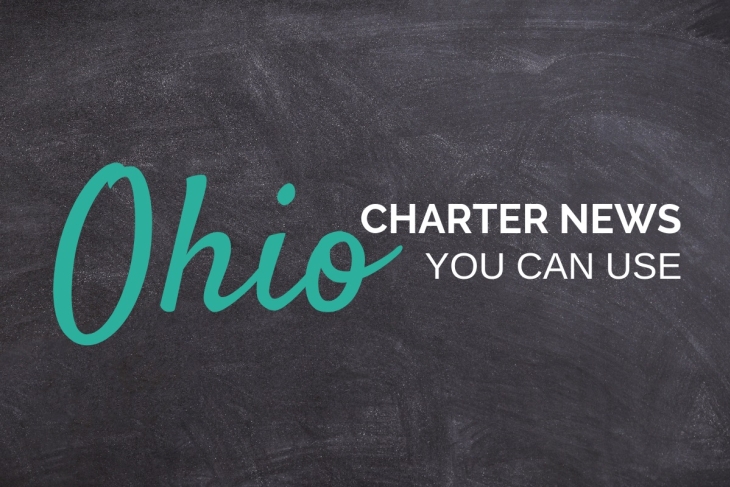- Only one clip today, but it is illustrative beyond its singular presence. Hired staff and elected school board members who run traditional districts across Ohio seem to me to be in a state of high anxiety over school choice expansion on the horizon—both new charter and private schools opening around them in the fall and the specter of voucher expansion and backpack funding being proposed in the legislature. You can get a fair sampling of the “sky is falling” rhetoric being used in this regard in northeast Ohio via this Vindy coverage. It is full of misinformation (“taking money”, “free tuition”, etc.) but that’s at least par for the course. What’s interesting is the stuff that’s actually true but not explored beyond the statement. To wit: Youngstown City Schools is clearly very frightened of the prospect that “universal vouchers” will be enacted by legislators. In argument against it, district reps say that that should not happen because universal eligibility already exists in Youngstown. (Due to, you know, extended suckiness.) This is true, and has been for years. (Very extended suckiness.) So where is the discussion of the fact that if every kid in Youngstown City Schools has had unqualified voucher eligibility for nigh on ten years now and a mass exodus from the (continually objectively sucky) district product available still has not occurred, it is highly unlikely that an extension thereof will result in any additional departures beyond the norm? In fact, the Youngstown example seems like the last one that voucher grouchers should invoke since it completely tanks their argument. (Y'town also tanks their "all schools should be accountable" argument, but that's a discussion for another clips day.) Unfortunately, I don’t see any media types out there calling out the flaws in their contention so perhaps that is why it persists. (Vindy.com, 5/1/23)
Did you know you can have every edition of Gadfly Bites sent directly to your Inbox? Subscribe by clicking here.










